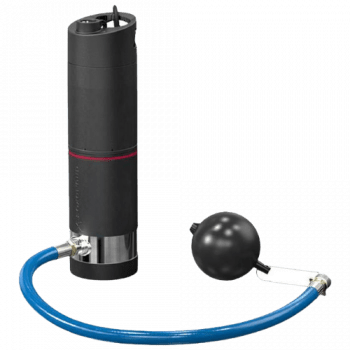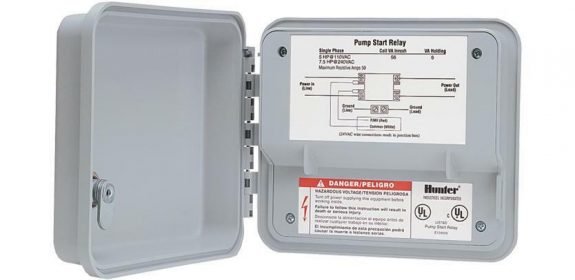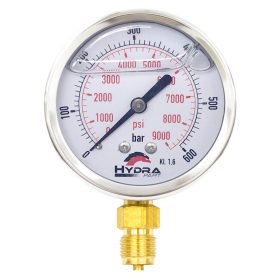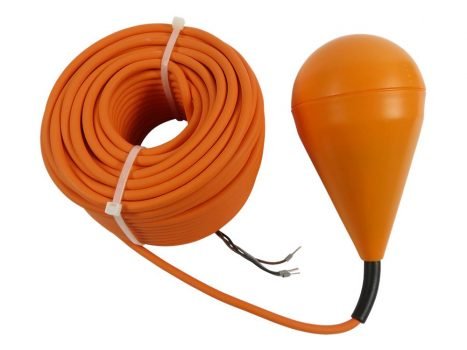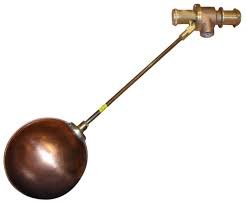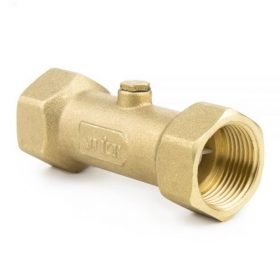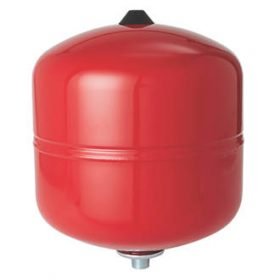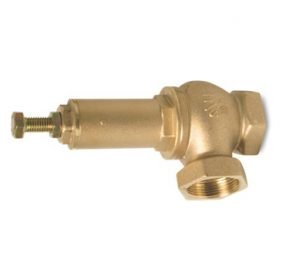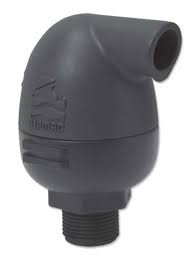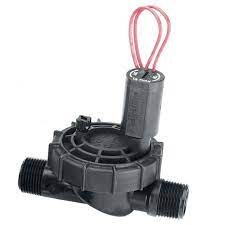Category - Boosting
In irrigation systems, boosting means increasing water pressure or flow when the natural supply falls short. It’s necessary when the available water pressure from sources like municipal water or wells can’t effectively operate irrigation zones. Issues like low water pressure causing uneven distribution, reduced coverage, and inefficient irrigation can be eliminated by this process.
Raising water pressure becomes crucial over long distances or lengthy pipe runs where friction and resistance lead to a drop in water pressure. It’s essential to maintain adequate pressure throughout the system.
Elevation changes, like watering plants on slopes, may also require boosting to overcome gravitational challenges and ensure proper water distribution.
Boosting is typically done using pumps, including submersible or surface-mounted options that can be controlled based on the system’s needs. Pressure tanks, storing and releasing water as needed, offer an alternative for a steady and pressurized flow.
Local regulations may dictate the need for boosting to meet specific pressure requirements, ensuring proper functionality and legal compliance.
The ultimate goal of boosting is efficient and uniform irrigation, overcoming challenges related to distance, elevation, and pressure. It ensures each zone receives the right amount of water with adequate force, promoting the health and vitality of the plants being watered.

